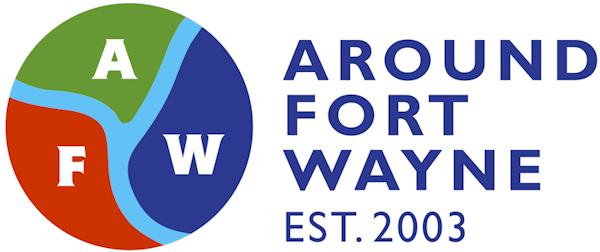![]()
Press release from the National Institutes of Health:
NIH to launch Gulf oil spill health study
BP will provide additional funds for research
The National Institutes of Health will launch a multi-year study this fall to look at the potential health effects from the oil spill in the Gulf region. The Gulf Worker Study, announced by NIH Director Francis S. Collins, M.D., Ph.D., in June, is in response to the largest oil spill in U.S. history, caused by the explosion of the Deepwater Horizon offshore drilling oil rig in the Gulf of Mexico. Dr. Collins pledged $10 million in NIH funding for the study’s initial phases.
To help expedite the launch of the study, BP will contribute an additional $10 million to NIH for this and other important health research. The BP funding will come through the Gulf of Mexico Research Initiative (GRI). The GRI is a ten-year, $500 million independent research program established by BP to better understand and mitigate the environmental and potential health effects of the Gulf spill. The NIH will have full autonomy regarding the distribution of the $10 million, with input from external scientific experts in environmental health and who are familiar with the Gulf region.
“It was clear to us that we need to begin immediately studying the health of the workers most directly involved in responding to this crisis,” said Collins. “The donation from BP will help speed our work with CDC, EPA, and other federal agencies, academia, as well as state and local partners to carry out this important study.” Collins asked the National Institute of Environmental Health Sciences (NIEHS), part of the NIH, to lead the research project.
The study will focus on workers’ exposure to oil and dispersant products, and potential health consequences such as respiratory, neurobehavioral, carcinogenic, and immunological conditions. The study is also expected to evaluate mental health concerns and other oil spill-related stressors such as job loss, family disruption, and financial uncertainties.
“Clean-up workers are likely to be the most heavily exposed of all population groups in the Gulf Coast region,” said Dale Sandler, Ph.D., chief of the Epidemiology Branch at NIEHS and lead researcher on the study. “We plan to enroll workers with varying levels of exposure. For example, we hope to recruit workers involved in oil burning, skimming and booming, equipment decontamination, wildlife cleanup, and also those with lower exposure such as shoreline clean-up workers. We’ll also recruit some people who completed the worker safety training, but did not have the opportunity to do any clean-up work. They will be our study controls.”
Sandler added, “What we learn from this study may help us prepare for future incidents that put clean-up workers at risk.”
The current focus of NIEHS is to ensure that the Gulf communities most affected by the oil spill have a say in the study’s design and implementation, as well as input into future research directions. The NIEHS is hosting webinars and other community engagement activities to obtain input.
“Community involvement and participation is critical to the success of this study,” said Linda Birnbaum, Ph.D., director of NIEHS and the National Toxicology Program.
NIH and the Department of Health and Human Services have had a continuous presence in the Gulf since the explosion occurred. The NIEHS Worker Education and Training Program (WETP) used its 24 years of experience preparing people for hazardous conditions to contribute to training more than 100,000 workers in the Gulf so they could safely clean up the oil spill. The WETP also distributed thousands of pocket-sized training booklets in English, Spanish, and Vietnamese, so workers have the information they need to protect themselves. The WETP materials are available at .
The NIEHS supports research to understand the effects of the environment on human health and is part of NIH. For more information on environmental health topics, visit our Web site at https://www.niehs.nih.gov. Subscribe to one or more of the NIEHS news lists () to stay current on NIEHS news, press releases, grant opportunities, training, events, and publications.
The National Institutes of Health (NIH) — The Nation’s Medical Research Agency — includes 27 Institutes and Centers and is a component of the U.S. Department of Health and Human Services. It is the primary federal agency for conducting and supporting basic, clinical and translational medical research, and it investigates the causes, treatments, and cures for both common and rare diseases. For more information about NIH and its programs, visit www.nih.gov.
